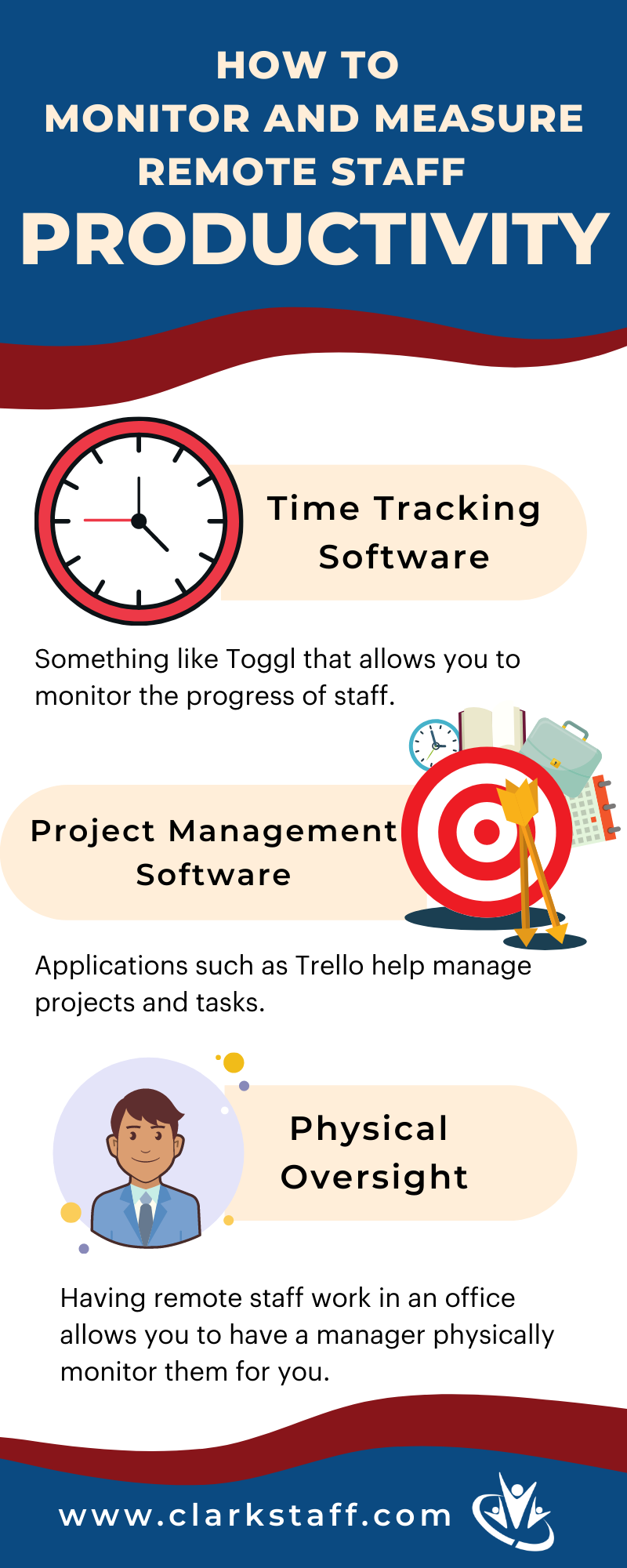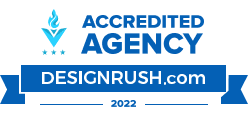It’s always a challenge having remote staff due to the small voice in the back of your head saying that they aren’t working. To alleviate this, a number of tools were made for an employer’s peace of mind. Being able to monitor and measure the productivity of your remote staff ensures productivity and allows you to keep track of their progress.
Types Of Monitoring Tools
There are many different ways to monitor your remote staff, finding the right one for your company will translate to a more productive workday. Finding a tool that works for your company seems daunting at first, but by breaking them down into different types, you can easily find one that fits your needs and your budget. From tools that track time spent doing certain tasks, project management tools, to a physical manager working in the same remote location as your staff, there are options out there for everyone.
Time Tracking Software
One type of tool is a time tracking tool. Something like Time Doctor or Toggl that allows you to monitor the progress of staff. You can see what websites your staff visits and how much time they spend on that website, this also works for applications they use. Depending on your settings, you can also have TimeDoctor take screenshots periodically as another form of oversight. If this form of oversight is too invasive for your company culture. There are other tools to look at.
Project Management Software
Applications such as Clubhouse, Trello, Asana, and Airtable help manage projects and tasks within your organization. They’re Kanban-style organizational tools that allow people to assign others to a specific task with a due date. For example, in a team of two, one person is tasked with doing the graphic design and someone else could be tasked with content writing. If the writing is finished, that team member could make a note in the comments and also move the item over to another section such as a “for revision” section. This would help you keep track of what tasks are being done, by who, and when they’re finishing them.

Physical Oversight
Having remote staff work in an office allows you the opportunity to have a manager physically monitor them for you. Most traditional BPO’s have a setup like this. Where your remote staff sit in a specific area and have a manager watch over and assist them. This manager reports back to you with all findings and can help action your ideas for the team. There is also an option for a manager who is also remote and uses the tools mentioned above to monitor your staff for you, just so you get all the key points and aren’t bombarded with data.
Measuring Productivity
It is important to set up clear goals and KPIs. Having clear goals lets your staff know what they’re going to reach for. Having KPIs in place lets you track your staff’s progress towards their goals. For example, if your goal is to have happier customers, some KPIs to measure from your customer service representatives would be customer satisfaction scores, resolved tickets, handover rates, call time, etc. By taking note of things like this, over time you can see how your staff is doing, you can target where they need to improve and where they excel. Make sure you use the KPIs to measure progress and not as the goal. Doing this sometimes endangers the bigger picture, for example, wanting your customer service reps to have faster calls could bring your customer satisfaction down by a lot because your staff might be rushing through calls in order to achieve the new goal. Improvements in KPIs and hitting the given goals are ways to measure the productivity of your staff.
Choosing a method of monitoring that aligns with your business culture while helping keep your staff productive is an important step in keeping remote staff. If you’re okay with very close oversight something like Time Doctor would be perfect in your company. If you run the type of business that trusts your employees to do the right thing, something like Trello or any other Kanban board would benefit you in terms of being able to track which tasks are being completed. At the end of the day, what style you use is up to you, but the end goal of keeping your remote staff productive is the same, it’s an ongoing process that needs to be refined because no company is exactly the same as another in terms of its staff and needs.





